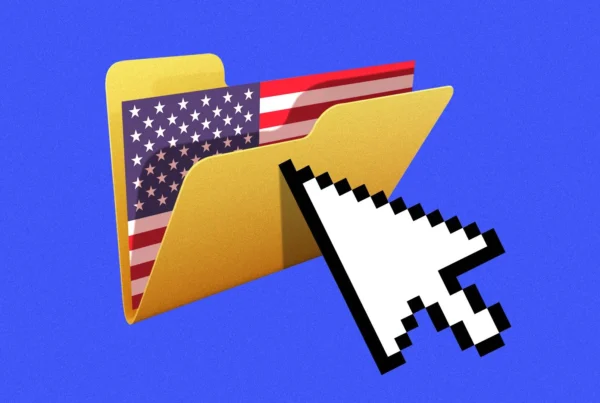By Kateryna Gordiychuk
It is November 7th, 2016, and the American Presidential Election results are just around the corner. Most American voters have made up their minds about who they want to represent them, or at least there is an expectation that they have.
But there are also polling agencies that use statistical methods and big data such as trend line adjustment to predict the way in which the election will turn out. Nate Silver, a renowned poll analyst and an Editor-in-Chief of FiveThirtyEight.com, does exactly that. Using historical probabilities of election polls since 1972 and correlating errors, the project claims that, as of 6 p.m., Hilary Clinton has a 68.5% chance of winning the Election, while Donald Trump is lagging behind with only 31.5%.
“It’s all based on history,” Silver said in a TV interview with the ABC news on November 6th. “People have different ways to interpret history.”
It has been known for decades that using statistics to back up one’s claims boosts one’s trustworthiness and credibility. The question is: does Silver’s big data impact Americans’ voting decisions?
After the American Election in 2008, the Yale Scientific published an article on the role of psychology in the elections. Voters may think that they are immune to subtle manipulations by the authorities and poll-makers, while, in reality, this is not the case.
One of such psychological manipulations is a tactic called “push polling.” It is a technique of brief surveys during which voters are misled about a candidate by means of a hypothetical question. Social psychologists argue that this trick can, in fact, change voters’ minds about their preferable candidates, even though the questions are only hypothetical.
Can it be the case that Silver’s FiveThirtyEight has the opposite effect? While Silver’s numbers are just probabilities, the voters could be influenced by Clinton’s lead and be primed to vote for her. Or could Silver’s analysis intensify the anti-establishment rhetoric even more? After seeing the complex calculations, the voters who give their preference to Trump choose to beat the odds with their determination to “make America great again” by voting Republican.
In either case, a subliminal impact that online interactive maps and live forecasts have on voters shouldn’t be under-estimated. Nate Silver might have failed to predict Donald Trump’s rise on the horizon, but he sure was able to foresee how the people in 49 out of 50 states would vote in 2008 and how the people in all 50 of them would in 2012. In the end, it’s up to the voters to uncover the psychological effects of the statistical prognosis and, more importantly, use their sensibility in this page-turning election.
Other posts that may interest you:
- The Trouble with ‘Ecocide’
- Carbon dioxide removal – hit or miss?
- Local Victories for Turkish Opposition — A Sign of Hope?
- Are France and Japan a Mismatch Made in Heaven?
- A Reflection on Dark Tourism
Discover more from The Sundial Press
Subscribe to get the latest posts sent to your email.



